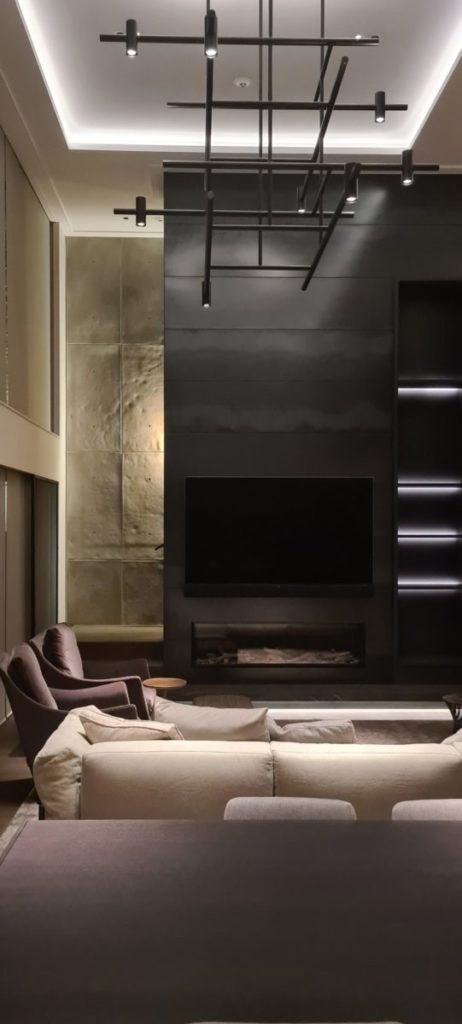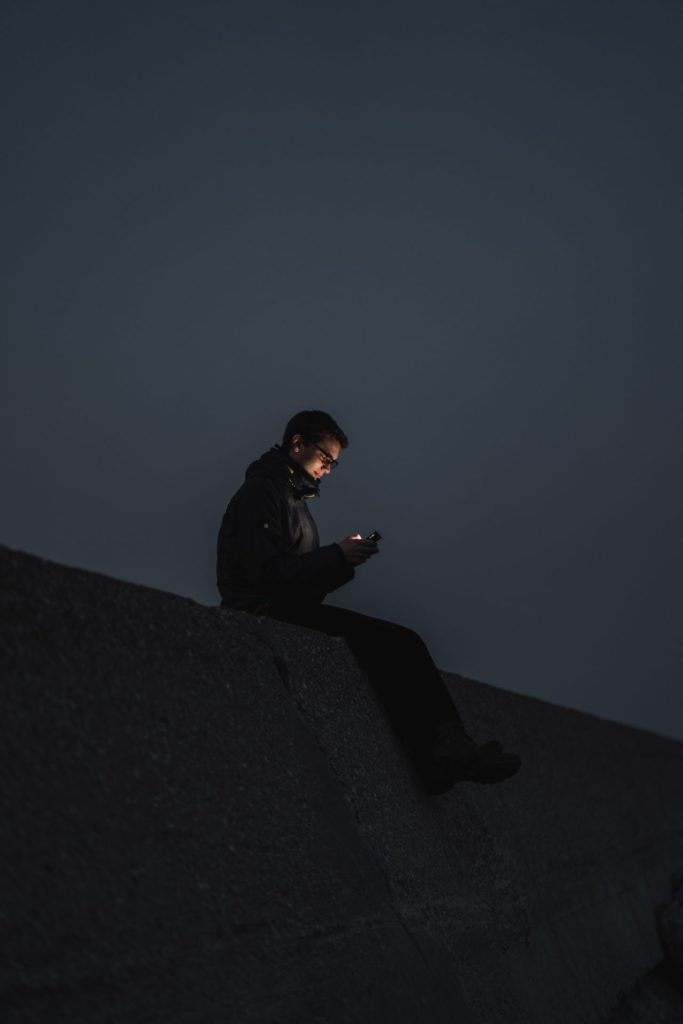We often get asked why people would pay for our services when suppliers are offering it for free. We explain how you can use our skills to save you time and money.
Lighting and Wellbeing
We know you’re super busy, going to work, working at home and juggling all the extra socialisation, life admin and activities. More than ever our homes are becoming a place we work, live, entertain and relax after a long week!
It might seem strange but until about 200-300 years ago people slept in a bi-phasic pattern (2 sleeping periods); enjoying a waking period during the night to do arts and crafts, read and write, and reproduce under lighting from candles and lamps.
Since the advent of electric lighting, factories, workplaces and urban areas became illuminated for longer periods. This allowed people to work, socialise and exercise later and the second sleep disappeared, regimenting us to our modern 8 hour day. What happened is we suddenly changed our sleeping patterns and reaction with natural and artificial light!
Humans sleep less than ever since the introduction of OLED and LED based screens and lighting technology. We use them all day and late into the night. These new technologies typically have a higher amount of blue light which is known to affect melatonin levels in the body. This has a follow-on effect on cortisol and serotonin production in the body and results in unhealthy, tired and unhappy people.


How to Reduce the Impacts of Light
In order to secure a healthy night sleep to keep you happy and energised the next day, here are a few pointers:
- Turn the brightness on your phone screen down so you don’t over-stimulate your eyes at night.
- Turn the blue light filter on your phone on, the change will look strange for a few minutes before your eyes adjust but will reduce the impacts of lighting on melatonin production.
- Install lighting or put a table lamp next to your TV, this will help to reduce eye strain and fatigue due to contrasting brightness’ between the TV and the wall
- If reading a book or tablet before bed, avoid doing this in a dark environment where the page/screen is much brighter than the background
- Turn downlights off later in the evening and rely on uplights, wall lights and floor or table lamps that emit light from the same direction as a setting sun or an open fire.
- Invest in dimming, either Bluetooth, Zigbee or a full lighting control system. This will help you to dial the lighting down at night and allow for a more natural connection to naturally setting light.
- Use extra warm white lighting (2700K and below) or “sunset dimming” products for your evening light, this will be more reminiscent of a sunset or candle flame and help your body adjust. Warm white LEDs also emit less blue light.
- If you have nightlights, make sure they don’t emit much light and are in warm white. This will ensure you don’t blast yourself awake during night navigation to the loo (or the fridge!)
- Avoid flickering lights, if not visible to the naked eye you can test them with your phone camera. Some invisible flicker can cause headaches, eyestrain and fatigue.
- Avoid exposed light sources such as naked light bulbs or exposed LED strips. Your pupil size adjusts constantly to different brightness’, don’t give it more work to do